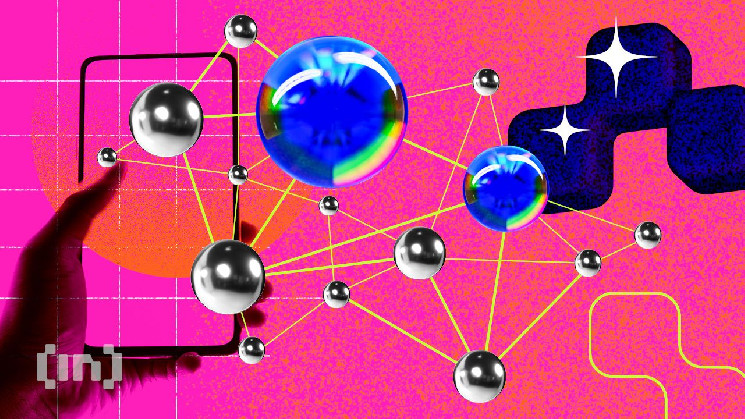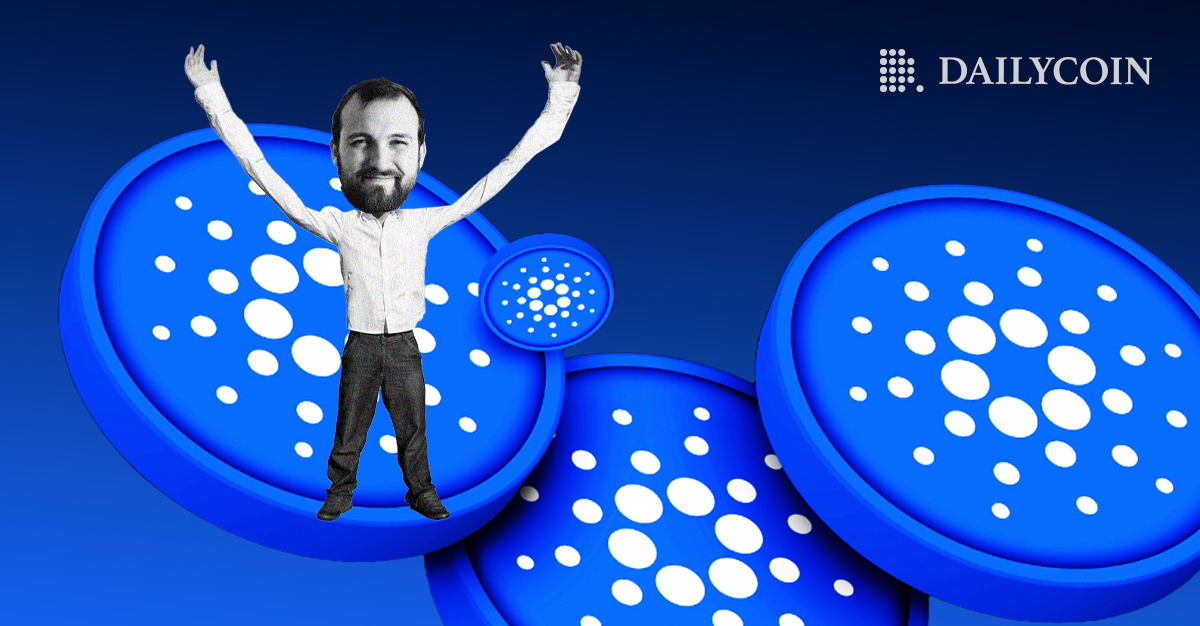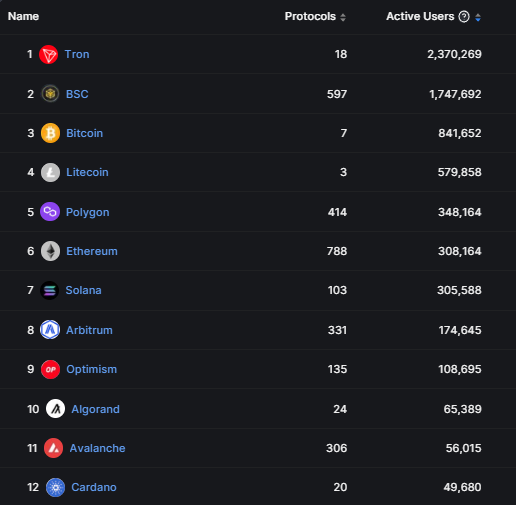Designed by Ripple, the XRP token is a true OG in the cryptocurrency market. In fact, Ripple’s open-source blockchain, the XRP Ledger, actually predates the birth of Ethereum. XRP was handling efficient cross-border payments long before Buterin and Co were dreaming up the future of finance.
One of the first-ever alternatives to Bitcoin itself, XRP has always maintained its place as one of the top cryptos by market capitalization. In an industry where ‘new is always better,’ XRPs longevity is a testament to its real-world integration and adoption.
Despite this continued growth and stability, there are still a lot of questions surrounding this legacy blockchain network. Ripple’s history is plagued with controversy and misunderstandings.
What’s the difference between RippleNet and XRP Ledger? Is Ripple truly as decentralized as they claim to be?
The world of cryptocurrency and blockchain technology has come a long way since XRP first launched. With newer, faster networks available, there’s an argument that Ripple’s scalability has been outclassed.
Is XRP still relevant? Or has the sea of competitors left XRP making ripples instead of waves?
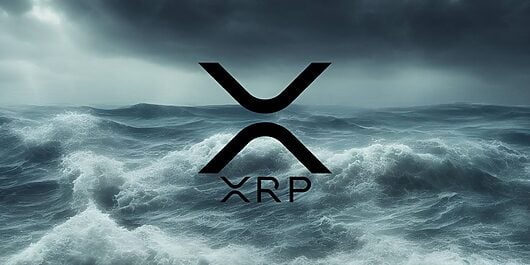
What Is Ripple XRP?
While often mentioned together, Ripple and XRP are actually separate things. Formerly known as Ripple Labs, Ripple is a for-profit fintech company building products and services that use blockchain technology. XRP is the native digital currency of Ripple’s ecosystem and their decentralized public blockchain, XRP Ledger.
Ripple aims to create the world’s largest and most efficient global payment network. Powered by XRP, financial institutions use the Ripple protocol to execute cross-border payments with minimal fees and rapid transaction finality.
While other networks cater to the masses and offer peer-to-peer payments to individuals, Ripple is more specialized. The Ripple protocol has been designed with banks and large-scale financial institutions in mind, with the capacity to move digital assets internationally at scale. The Ripple network is also a popular platform for the development of CBDCs.
What Problem Does Ripple XRP Solve?
If you’ve ever tried to make remittance payments or send money overseas, you’ll understand the issues Ripple is trying to solve. Cross-border payments in fiat currencies are a nightmare. International payments take days, and intermediary banks charge extortionate exchange fees, even when swapping common currencies like EUR and USD.
Ripple revolutionizes this process, making it possible to send XRP to another wallet anywhere in the world within 3-5 seconds. What’s more, Ripple transaction fees are almost non-existent. The company claims an average cost of $0.0002 per transaction.
XRP Ledger (XRPL)
The XRP Ledger, or XRPL, is Ripple’s decentralized public blockchain network. XRPL is completely open-source, meaning that developers and users have full access to the networks underlying code. The XRPL community is actively encouraged to contribute and develop apps to help grow the XRP Ledger.
One of the benefits of the XRP Ledger is that it’s far more scalable than other legacy blockchain networks. While Bitcoin (BTC) struggles to process more than 5 transactions per second and Ethereum (ETH) peaks at around 30 TPS, Ripple claims the XRPL can handle 1,500 without breaking a sweat.
While this might paint XRPL as a superior network to Ethereum, it’s important to mention that Ripple doesn’t boast anywhere near the same functionality. The Ripple network doesn’t support smart contracts, meaning the blockchain has limited use cases and XRP staking is technically impossible.
Additionally, Ripple doesn’t support common stablecoins like USDT. This means that users are constantly at the mercy of price volatility in the crypto market and struggle to interact with other blockchain networks.
The XRPL is secured using a federated consensus mechanism. This means that the algorithm relies on a trusted network of validators to process transactions in real-time, rather than intensive block mining.
RippleNet Explained
RippleNet is a network of interconnected banks and financial institutions that uses Ripple’s services. You can think of RippleNet as an enterprise-level blockchain exclusively for corporate use. While XRP Ledger is a public blockchain, Ripple is designed for shifting deeper liquidity through the XRP market.
Attracted by fast and affordable cross-border payments, RippleNet hosts notable banks and financial institutions worldwide. The network has over 100 partnerships, including globally recognized brands like Santander.
The Team Behind The XRP Ecosystem: Ripple History
Ripple has been through a fair few rebrandings in its lifetime. Its very first iteration was called RipplePay, which was founded by Ryan Fugger as far back as 2004. RipplePay was originally designed to extend credit lines between family and friends but struggled to gain traction.
RipplePay provided the springboard that inspired Jed McCaleb and Chris Larsen to take over Fugger’s system and integrate a digital currency and network of validators. They rebranded RipplePay to OpenCoin in 2012 and launched the XRP cryptocurrency. With the help of CTO David Schwartz, the XRP Ledger was born.
After securing early support from angel investors and venture capitalists, OpenCoin rebranded the company to Ripple Labs. In 2015, Ripple Labs brought on Brad Garlinghouse as CEO to drive the company’s growth. A final rebranding was unveiled, uniting the company under a simple, singular name: Ripple.
XRP vs BTC
The Ripple protocol and XRP token launched with the vision of being a better version of Bitcoin. While Bitcoin is a revolutionary technology in its own right, the world’s first blockchain has its limitations. Namely, the Bitcoin network suffers from scalability issues, making it an inefficient payment protocol.
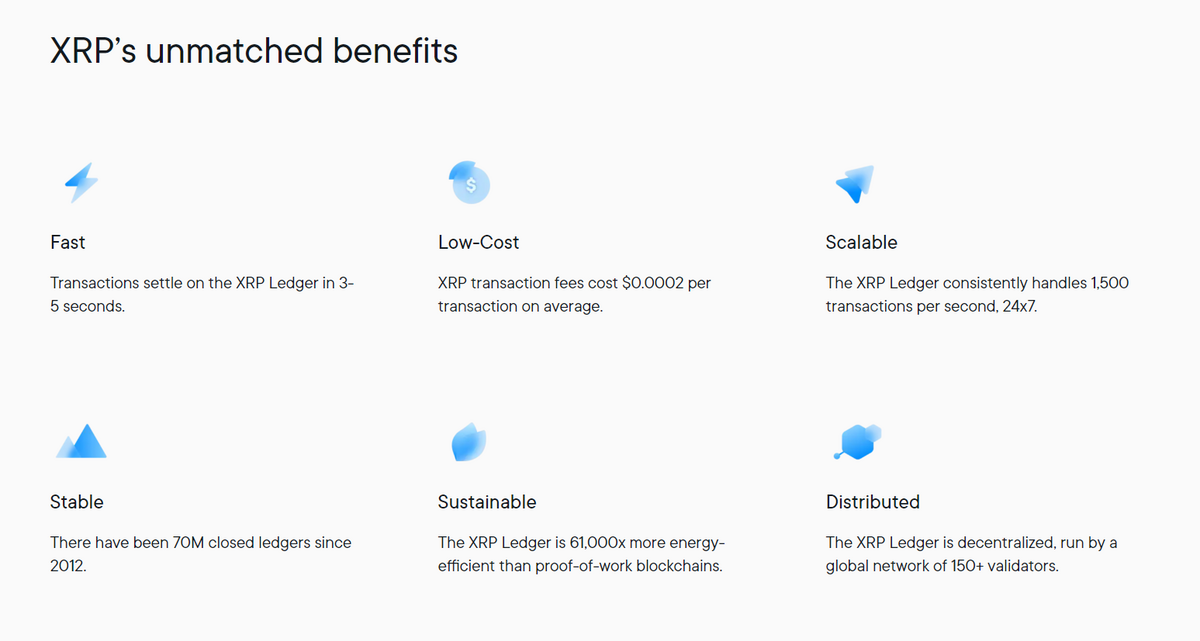
XRP Advantages over BTC
- The Ripple network is faster than the Bitcoin network. It processes more transactions and confirms them faster.
- XRP transactions are cheaper than BTC transactions. XRP fees cost less than a penny, regardless of XRP price.
- The Ripple network is more sustainable than Bitcoin. Bitcoin’s proof-of-work consensus is 61,000x more energy intensive than Ripple’s validator model.
XRP Disadvantages Against BTC
- The Bitcoin network is far more decentralized than the Ripple network. Bitcoin has over 10,000 independent nodes securing the network. In comparison, Ripple has only 150 validators.
- The U.S. Securities and Exchange Commission is suing Ripple for selling unregistered securities. This has inhibited Ripple’s growth and reputation in the blockchain industry.
- Ripple holds a significant allocation of XRP tokens in Escrow vaults. While these are not all in the circulating supply, it gives Ripple significant control over the value of XRP price and the Ripple protocol.
The Verdict?
Whether or not Ripple is a superior payment network to Bitcoin is simply a question of preference. If you want an efficient and affordable payment method, Ripple is a better option for you.
If you’re a blockchain purist and decentralization is important to you, the Bitcoin network is a better option for transferring funds online.
Ripple XRP Controversy
Like any cutting-edge technology, Ripple has sparked fiery debates from both within the crypto world, and from United States regulators.
Ripple XRP Escrow
The XRP Ledger features a unique mechanism that allows users to send conditional XRP payments, called escrow vaults. Put simply, these payments lock up XRP tokens and releases them when certain conditions are met, such as crypto market conditions and time-based unlock periods.
In December 2017, Ripple created 55 different vaults using these Escrow payments. Each vault contains one billion XRP tokens, with one vault being opened each month that returns the locked XRP tokens to Ripple.
Ripple has made a habit of re-locking these XRP tokens. In the last 62 months, Ripple has re-locked 50 billion XRP tokens into these escrow vaults, allowing ten billion tokens to enter the circulating supply.
While Ripple’s commitment to re-locking these tokens appears honest, it can’t be ignored that Ripple is in control of a significant portion of XRP’s maximum supply. This causes decentralization causes and could cause some investors to hold back from entering the Ripple ecosystem.
Ripple and The SEC
Ripple is at the center of one of the cryptocurrency industry’s largest-ever legal battles. The SEC initiated a lawsuit against Ripple and its executives in 2020, claiming that they sold unregistered securities to investors.
While a final verdict is expected sometime during the first half of 2023, the case has been devastating for the growth and reputation of Ripple and the XRP token. The lawsuit forced crypto exchanges like Coinbase and Binance to delist Ripple, making it difficult to buy XRP. This stifled XRP price growth during bullish market cycles.
Arguably, XRP would have reached a greater all-time high market cap had Ripple not been embroiled in legal battles.
On the Flipside
- Ripple is a powerful and affordable payment network with widespread adoption. However, in today’s evolving market, competing Layer 1 blockchains like Ethereum, BNB, and Cardano offer greater DeFi and NFT functionality.
- Ripple’s lack of smart contracts makes it far less versatile than competing blockchains. Even as a payment network blockchains like Solana are far more efficient, and capable of processing over 10,000 TPS with gas fees under a penny.
- While Ripple is undoubtedly a big player in the industry, it has some catching up to do to shake off its reputation as an outdated blockchain.
Why You Should Care
Ripple is one of the largest crypto projects in the industry. It set an early example of what a blockchain network was capable of and how this technology can revolutionize and disrupt online payment protocols.
FAQs
Will XRP be used by Banks?
Both RippleNet and the XRP cryptocurrency are already being used by over 100 different banks and financial institutions all over the world.
Is XRP better than Bitcoin?
Whether you or not you think XRP is a better payment network than Bitcoin depends on your personal preferences. Arguably, XRP and the Ripple network are faster and more affordable, making it a better payment protocol. However, it is less decentralized than Bitcoin.
What’s the highest XRP has ever gone?
XRP reached its previous all-time high price in January 2018. XRP price at the time was $3.84.
Why is it hard to buy XRP?
In 2020, the SEC initiated a lawsuit against Ripple and its executives for allegedly selling unregistered securities to investors. As a result, some crypto exchanges like Coinbase have delisted the XRP token, making it harder to buy.
Sourced from dailycoin.com.
Written by on 2023-02-26 16:00:00.


